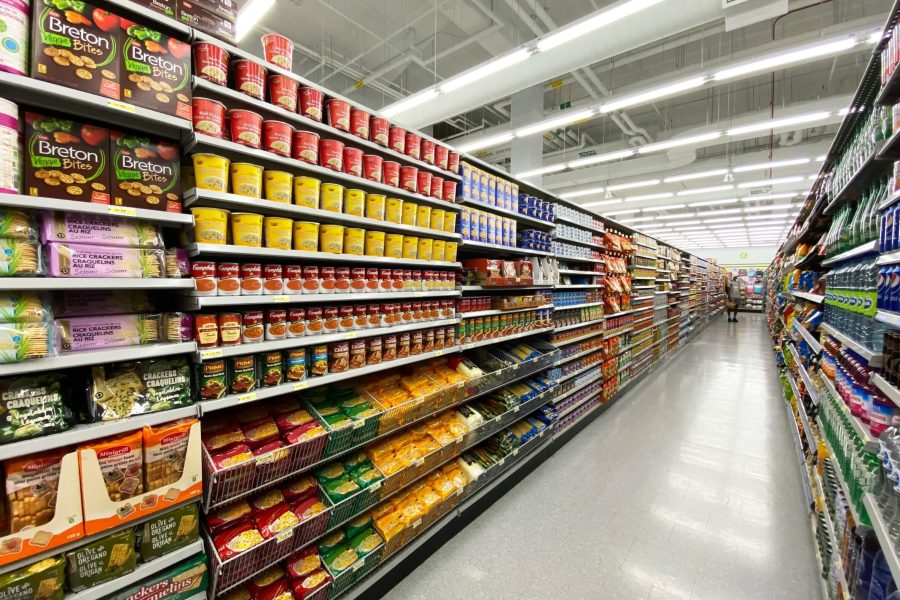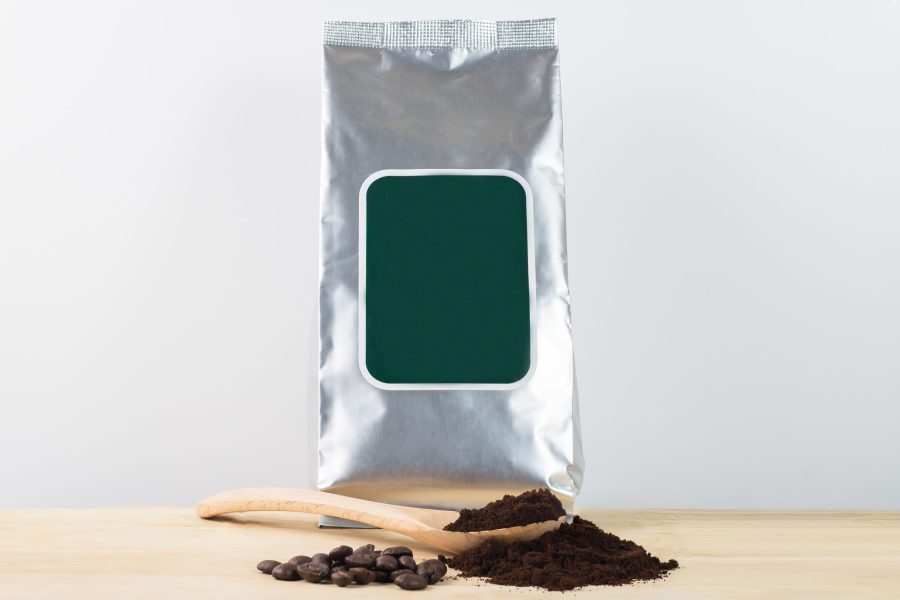4 Costly Problems to Avoid During Package Prototyping
Once you’ve refined your product, be it food, retail non-food, industrial application, consumer products institutional non-food, or medical/pharmaceutical, you need to then determine the product’s packaging. During the package prototyping stage, clients have the opportunity to manufacture and test small samples before committing to large manufacturing runs. These samples not only demonstrate the capabilities of the packaging, but can also serve as tradeshow giveaways.
During prototype, several common problems often arise due to the limitations of packaging and their materials. The package prototyping stage helps product owners save costs by analyzing the results of their packaging on a small scale. Do you foresee these 4 issues becoming a roadblock with your product packaging?
1. Package Consumes Too Much Space
When product packaging lacks space-efficiency, product owners pay more in the long run. Bulky packaging, especially rigid packaging, is expensive to ship, since more trucks and vehicles are needed to transport shipments around the nation. More vehicles means more fuel, an additional cost (not to mention increased CO₂ emissions).
Space efficient packaging, on the other hand, not only ships for less overhead, but can fit on retail shelves in greater quantity and claims less space in warehouses and storage units.
2. Package Material Doesn’t Offer Adequate Protection
Packaging can protect the product from moisture, UV rays, and oxygen. During the package prototyping stage, packaging manufacturers conduct tests to ensure the packaging provides a sufficient barrier to degrading substances. If the packaging samples during prototyping contain any flaws with the materials’ barrier properties, the packaging manufacturers must determine a functional solution.
A critical aspect of food packaging, food products have a tendency to absorb surrounding aromas even when their packaging has not yet been opened. During prototyping, manufacturers must find a suitable material that will contain the food product’s aroma as well as protect the product from outside contamination.
Without the package prototyping phase in the packaging process, product owners may discover discrepancies with the packaging material only after large manufacturing runs have been completed and the product distributed. Once end users receive products in subpar packaging, the company risks losing loyal customers as well as revenue.
3. Packaging That is Non-Biodegradable
In recent years, society has seen a major shift toward biodegradable, eco-friendly packaging that minimizes CO₂ emissions (as well as other byproducts and chemicals), product waste, and space in a landfill. With recent discoveries in the biodegradability of certain packaging materials, manufacturers can now use plastic packaging that takes less time to biodegrade than traditional packaging. During prototyping, packaging manufacturers can determine if biodegradable materials will meet the product’s specifications.
Currently, the initial cost of biodegradable materials can be more than the cost of non-biodegradable materials. However, non-biodegradables have subliminal costs, which include the long-term task of removing harmful toxins that are released from landfills. Over time, as biodegradable materials increase in demand, costs will decrease and eventually counteract their eco-unfriendly opposites.
4. Packaging with no Appeal
The printing and design of product packaging play significant roles in a consumer’s decision to buy. Many, maybe most, shoppers base their purchases on the outward appearance of the product. The physical look of packaging is a key player in marketing the product. Packaging with no marketing appeal will remain on the retail shelves, totally ignored, a waste of an investment.
Successful packaging stands out above the competition. Packaging prototypes with a unique design, attractive colors, and eye-catching details call out to shoppers and help solidify a sale. The prototype stage will help showcase the packaging’s marketing appeal, if it’s there, or make it apparent that it’s not, whichever the case.
These common problems during packaging prototyping can incur costly mistakes. Choosing the right packaging before moving forward with large manufacturing runs can result in significant savings. Have you considered the benefits of flexible packaging?
Download our ebook to find out if flexible packaging is right for your product’s specifications.
Related Posts

How to Get Your Product Into Grocery Stores

Would Your Product Benefit From Flexible Packaging?

